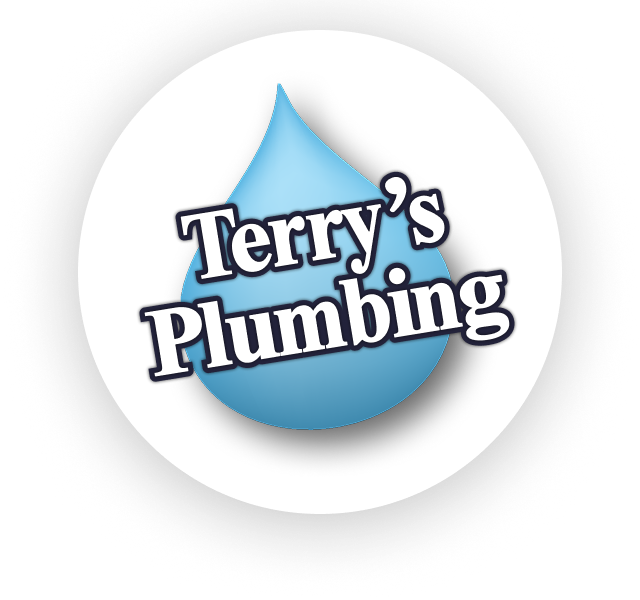Pro TIps
The History Of Plumbing and it’s Fixtures
Plumbing comes from the Latin word for lead, which is plumbum. The word sewer comes from the French word essouier, meaning “to drain.” But how did plumbing systems come together? Surely it didn’t happen overnight, right? Of course not. In this blog we go over the history of main fixtures included in modern-day plumbing systems.
Definitions
Plumbing – The system of pipes, drains, fittings, valves, and fixtures installed for the distribution of potable water for drinking, heating and washing, and waterborne waste removal. “Plumbing” also refers to the skilled trade which installs and maintains it.
Plumbers – Skilled tradespeople who specialize in the installation and maintenance of water systems. Plumbers are required to obtain a license from a trade or vocational school and have a background in various aspects of industrial, commercial, domestic, and communal pipe work, water heating, water treatment such as water cleaning and purification, rain water & drainage, sewer networking, water flow dynamics, the storage of water, temperature adjustment, and the dangers of water hazards.
The Timeline of the Toilet
Modern toilets consist of a bowl fitted with a hinged seat that’s connected to a waste pipe where waste is flushed. Toilets are also called a powder room, latrine, or lavatory. Here’s a brief timeline of toilets:
- King Minos of Crete had the first flushing water closet recorded in history and that was over 2,800 years ago.
- A toilet was discovered in the tomb of a Chinese king of the Western Han Dynasty that dates back to somewhere between 206 BC to 24 AD.
- The ancient Romans had a system of sewers. They built simple outhouses or latrines directly over the sewers that poured into the Tiber River.
- Chamber pots were used during the middle ages. A chamber pot is a special metal or ceramic bowl that you used to relieve yourself and then tossed the contents out.
- In 1596, a flush toilet was invented and built for Queen Elizabeth I by her godson, Sir John Harrington.
- The first patent for the flushing toilet was issued to Alexander Cummings in 1775.
- In 1829, the Tremont Hotel of Boston became the first hotel to have indoor plumbing.
- Until 1840, indoor plumbing could be found only in the homes of the rich and in hotels.
- Beginning in 1910, toilet designs started moving away from the elevated water tank system and more toward the current modern day toilet with a closed tank and bowl setup.
Toilet Paper before the Roll
The first packaged toilet paper was invented in 1857 by an American named Joseph Gayetty. It was called Gayetty’s Medicated Paper. In 1880, the British Perforated Paper Company created a paper product to be used for wiping after using the toilet that came in boxes of small pre-cut squares. In 1879, the Scott Paper Company began selling the first toilet paper on a roll. In 1942, St. Andrew’s Paper Mill in Great Britain introduced the first two-ply toilet paper.
Leaving Dirty Toilets in the Past
Surprisingly, toilet brushes did not become popular until the 1930s. In general, the type of material used to make a brush and its design was dictated by its intended use. The hair of animals such as horses, oxen, squirrels, and badgers were used for toilet-brushes. Various types of plant fibers have also been used, such as the piassava obtained from a Brazilian palm and palmyra bassine derived from the palmyra palm of Africa and Sri Lanka. Brush bristles were joined to handles and backs of wood, plastic or metal.
Turn to Terry’s Plumbing for your New Toilet
Ready to replace your toilet? Terry’s Plumbing provides modern, quality toilet units from American Standard. Give us a call to discuss the best solution for your home and schedule product installation.
